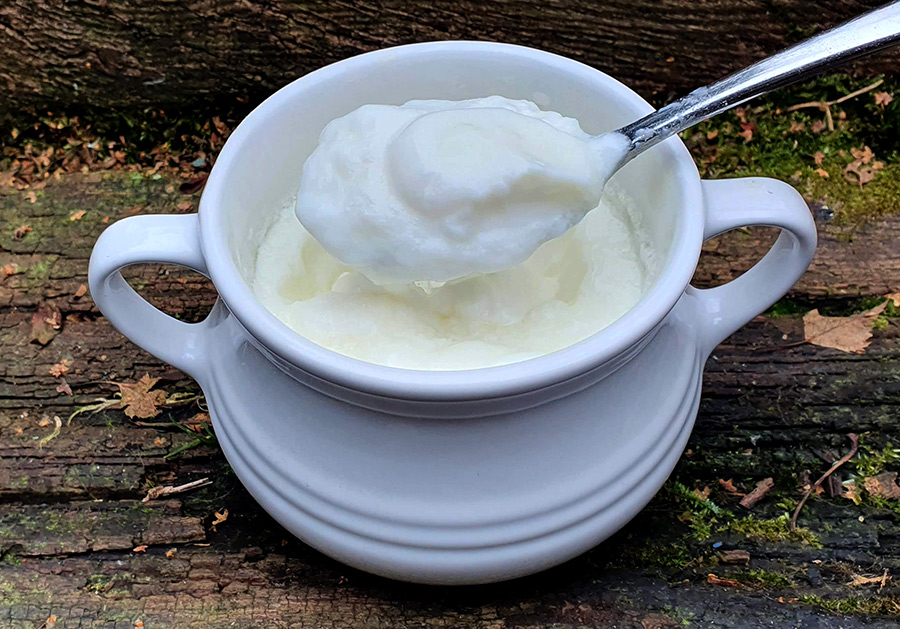
The exact origin of kefir remains shrouded in mystery, but it is believed to have been consumed for over a millennium. In the early 20th century, a Russian scientist named Elie Metchnikoff, who later won a Nobel Prize, drew attention to the remarkable longevity of people in the Caucasus region and attributed it to their consumption of kefir. These days we regard kefir as one of the superfoods because of its positive impact on our digestive and immune system.
Kefir is readily available in most grocery stores, but it can be made easily at home which is cheaper and fresher. There are two ways to make kefir at home.
1) With kefir grains
This process involves obtaining kefir grains, which can be bought online or in health stores. To make kefir at home, follow the instructions on the packet or these simple steps:
- Place the kefir grains in a glass jar and cover them with milk. The ratio of grains to milk may vary, but a common guideline is one to two Tbsps of kefir grains per one cup of milk. Cover the jar with a cloth, secured with a rubber band.
- Allow the mixture to ferment at room temperature for about 24 hours, or until it reaches the desired level of thickness and tanginess.
- Strain the kefir to separate the grains from the liquid, using plastic or wooden strainer (not metal!). The liquid is the kefir, ready to be enjoyed.
- Store the kefir in the fridge. The grains can be reused for subsequent batches.
2) With existing kefir
This method is very popular in Eastern Europe. You only need some leftover, either home-made or shop bought kefir and about a liter of fresh milk.
- In a heavy-based saucepan gently bring the milk to the boil.
- When it has boiled, let it cool down to luke warmth. It is very important that the milk is not warmer than 40°C, because then the kefir culture will be destroyed.
- After the milk has cooled, mix at least two Tbsps of kefir then pour it into jars. Cover them with a cloth or the jar tops (don’t screw them on). Leave the jars on the kitchen counter at room temperature for 24-36 hours. The longer you leave it out, the more it thickens.
- Put the jars in the fridge. The kefir lasts for two weeks chilled.
Tip: If you put the jars in a warmer place, e.g. in front of a radiator, then 12 hours may be enough. Taste it and if it’s not tangy enough, let it “ripen” a little longer.
Kefir is a versatile beverage that can be enjoyed on its own or used in smoothies, salad dressings, baking and cooking. Read more about the health benefits of kefir>>














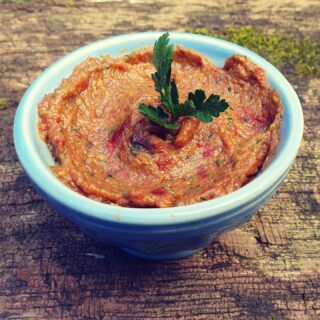







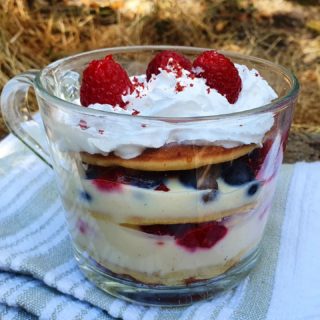
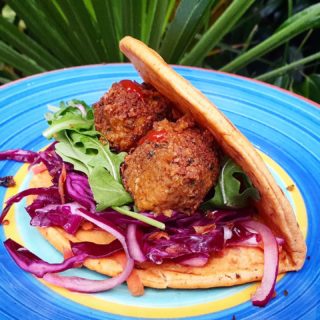
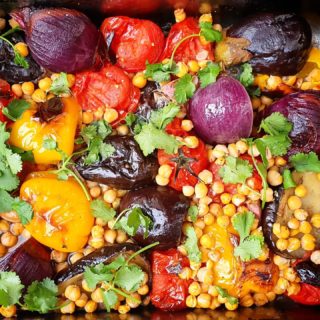
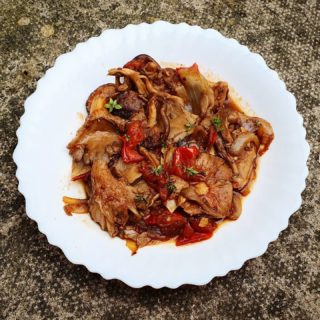

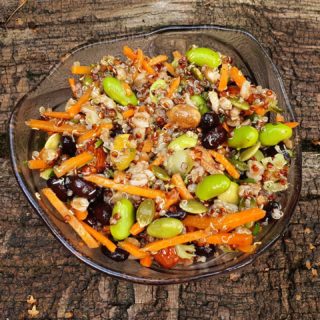
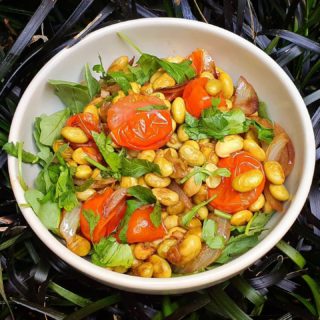
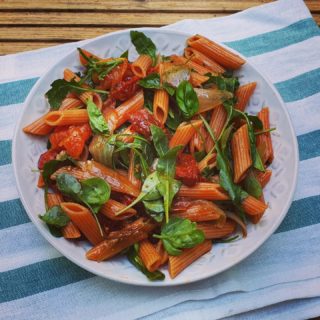
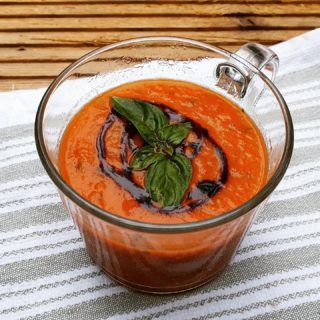
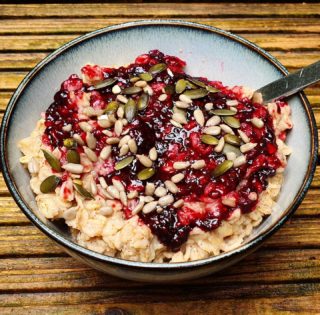
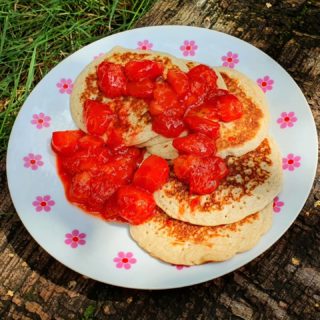

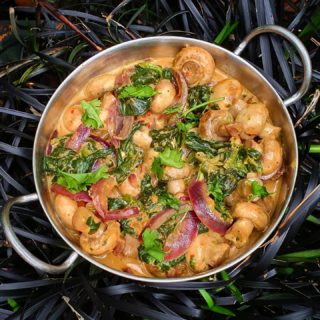


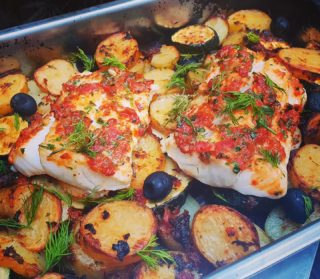
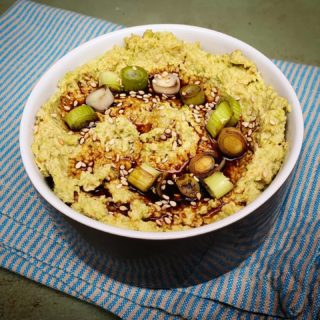

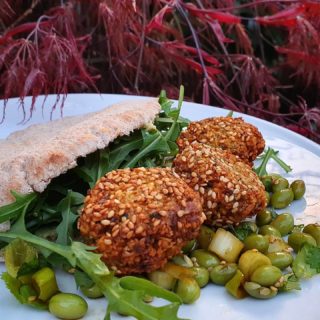
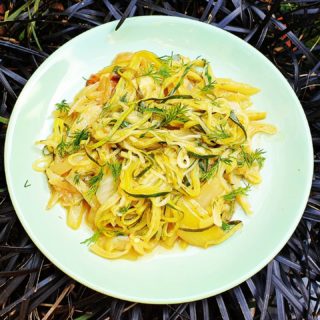
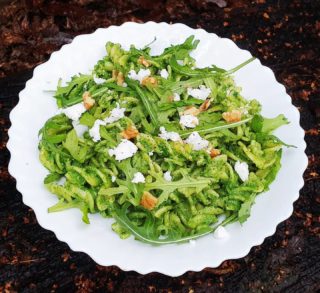
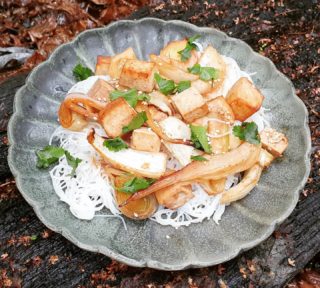
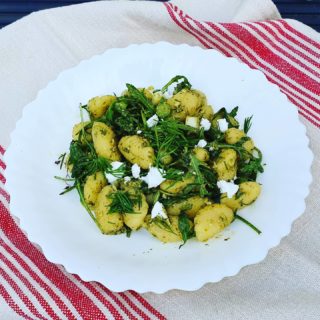
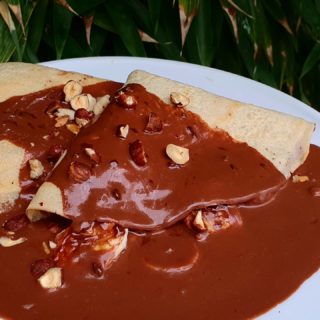

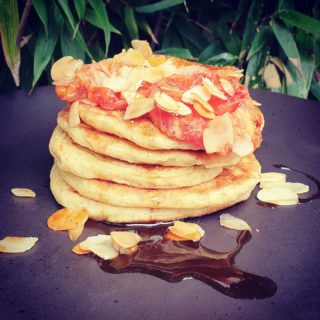
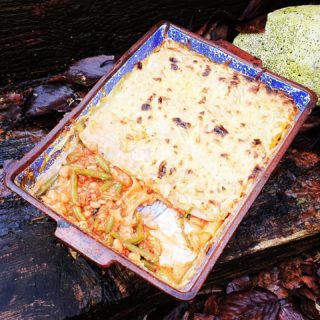
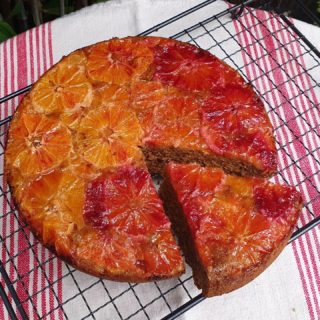







No comments yet.